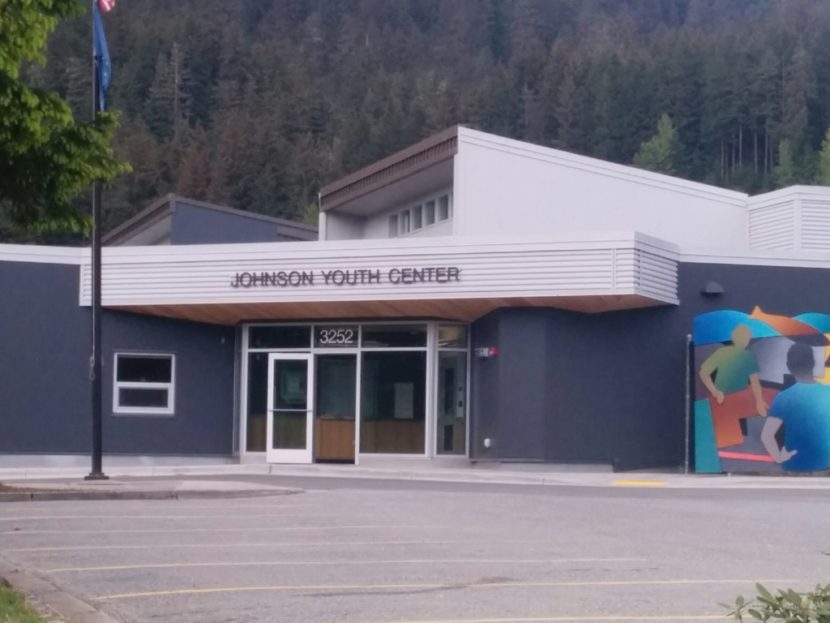A handful of kids in Ketchikan could be transferred to Juneau’s Johnson Youth Center next month before a youth facility in Ketchikan closes. Rob Wood, director of the Division of Juvenile Justice said the incoming kids from Ketchikan shouldn’t overburden the Juneau facility.

“It’ll certainly increase the workload but (the) Johnson (Youth) Center, over the past three years, has averaged about 50 percent occupancy,” Wood said. “So the number of kids that are moved to Juneau won’t necessarily affect their work.”
Wood said the transfer will force the youth center to speed up its recruitment process for staff positions they were already planning to fill.
He said Monday, his most recent reports showed four kids at the Johnson Youth Center and seven in the Ketchikan facility, but those numbers will most likely change. He said some of the Ketchikan kids could be released and some could get assigned to other facilities.
“And if the court decides they should be in one of our long-term treatment facilities that process will start,” Wood said. “Our long-term treatment facilities are either in Juneau, Anchorage, Fairbanks or Bethel,”
Wood said moving kids being detained away from their families can make the work more difficult and it’s “rarely a good idea.” But, he said the state is responding to budget problems and there isn’t another choice.
“We’ll need to make more significant efforts to keep kids in touch with their families. We use our video conferencing quite a bit so kids can see their parents,” he said. “The reason we put programs around the state was to keep kids as close to home as we could.”
The Ketchikan Regional Youth Facility is scheduled to close on September 15. Wood said the kids detained there will be moved before then.
Quinton Chandler is a reporter at KTOO in Juneau.




